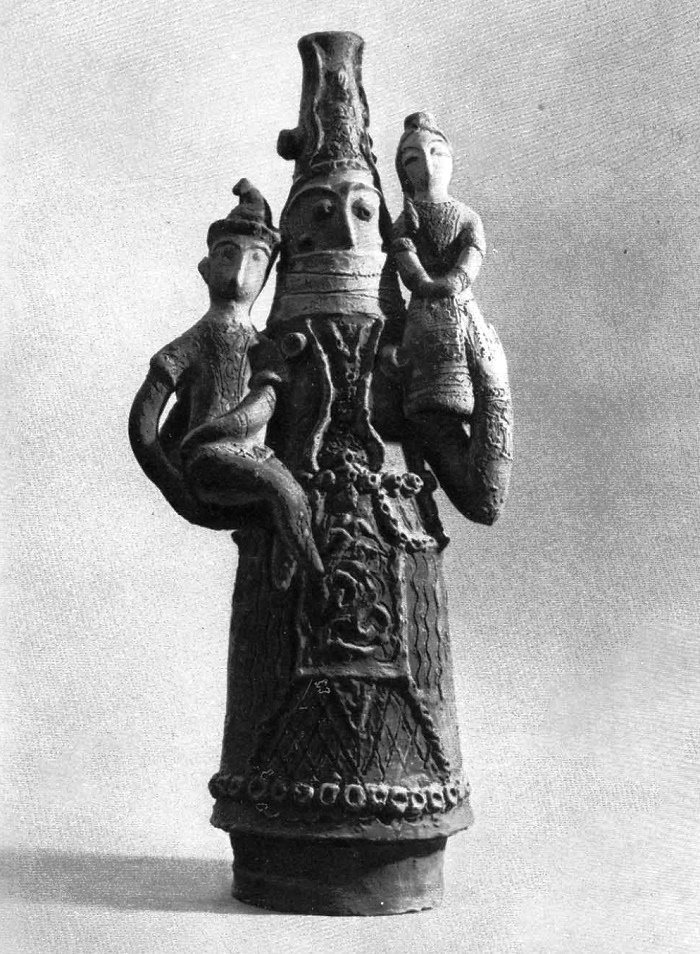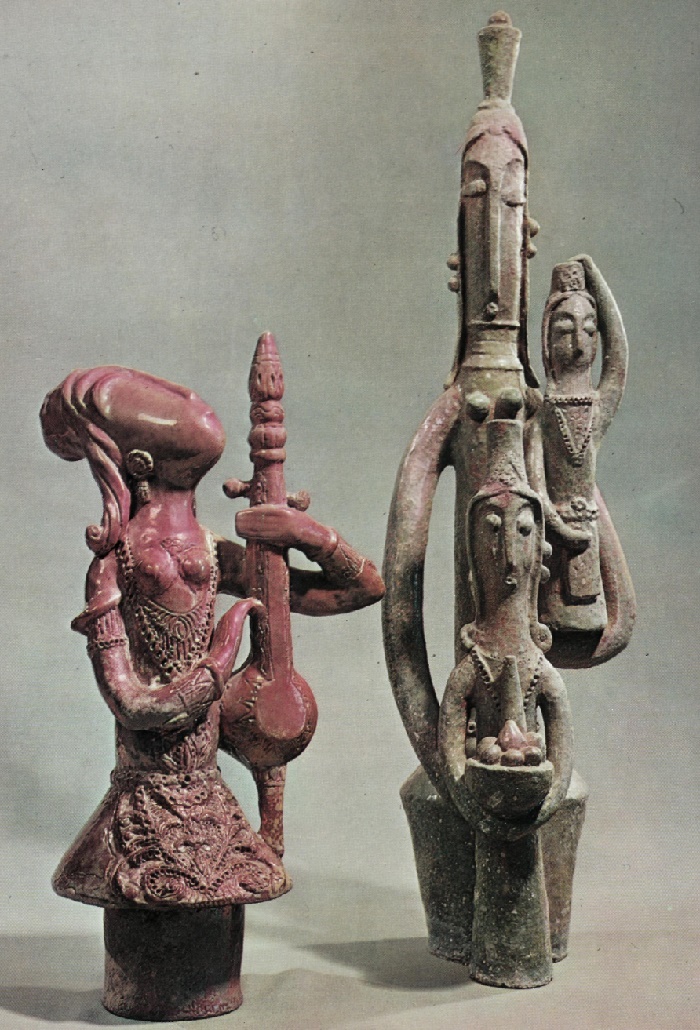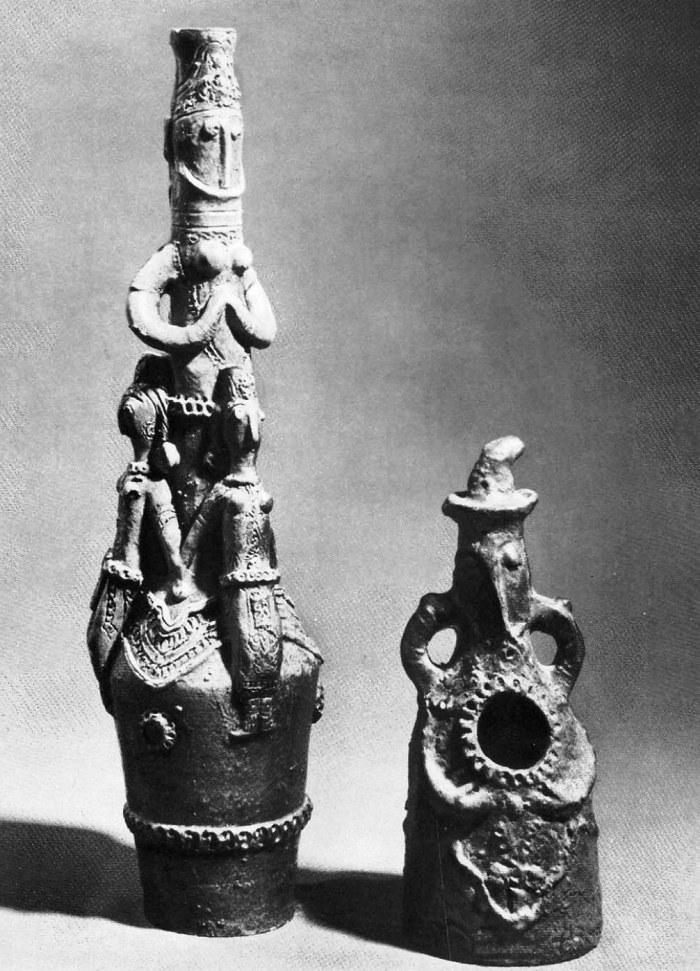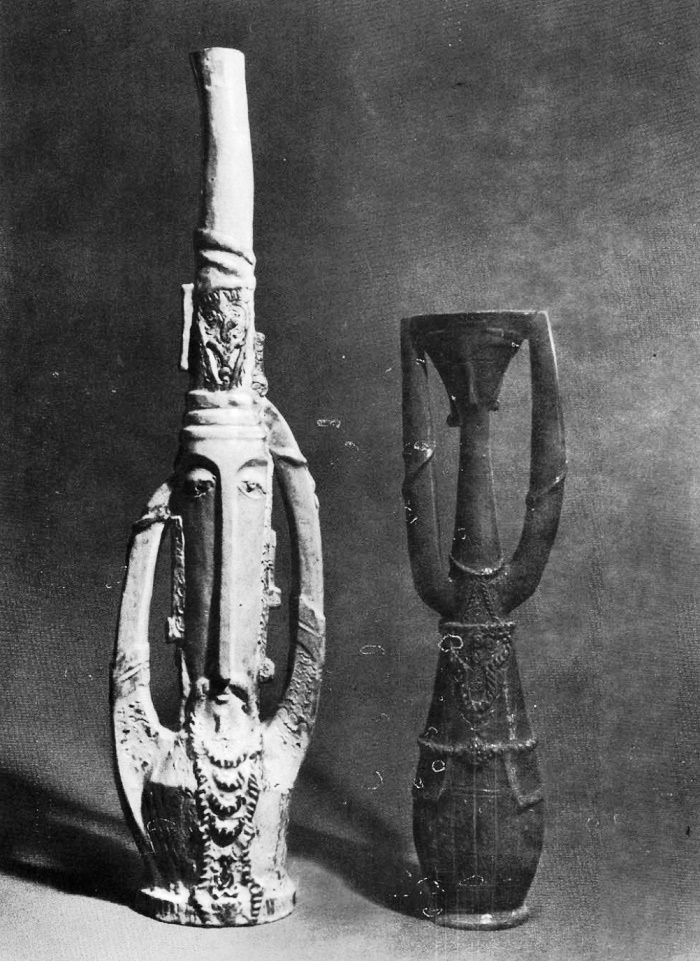Armenian sculptor Ruben Isaakovich Shaverdyan

Armenian sculptor Ruben Isaakovich Shaverdyan
Tiflis of early XX century, with carefree-cheerful kinto, with the traditions of street festivals, noisy circuses and feasts, gives inexhaustible material for the most diverse artistic embodiment. In pre-revolutionary Tiflis next to the world of city governors, military, bankers, officials, artisans, kinto and shopkeepers, there was a world of educated, famous and obscure, rich and poor artists. And at the turn of the 1910s and 1920s, at a turning-point in the history of Georgia, a constellation of masters gathered here that made the specific atmosphere of the artistic Tiflis even brighter.
Ruben Isaakovich Shaverdyan received an art education in the school of painting and sculpture at the Tbilisi Academy of Arts. His teachers were Yeghishe Tatevosyan, BA Fogel and AA Saltsman. These three different artists to some extent complemented each other as teachers, and each of them sought to make their artistic ideal – the property of the students. Shaverdyan finished his studies in 1924, and since 1926 he has been a regular participant of art exhibitions.

Bright representative of Armenian art, Ruben Isaakovich Shaverdyan is a talented artist, sculptor with his own unique style, and unmistakably recognized. And his work is his biography. Born in 1900 in the small picturesque Georgian town of Sighnaghi, Shaverdyan lived his life between Georgia and Armenia. Shortly after the death of his father, the mother and children moved to Tiflis closer to their relatives, where Shaverdyan lived until 1941. Having settled in 1941 in Armenia, Shaverdyan made the old Tiflis one of the main themes of his work. The almost magical charm of this city in many ways determined the content and the plot of a significant part of the artist’s sculptures and ceramics.
Noteworthy, the nature gave Shaverdyan one more talent: he possessed an extraordinary musicality and musical culture. That’s why so often in his ceramic works we see objects and figures united by the theme of music and musical rhythms.
The search for plastic expressiveness was marked by a large series of figures of musicians. There are a lot of them, these self-effacing drummers, girls with tambourines, shepherds with spears and dudukas, ashugs with sazas. They are no less flexible than dancers, and just like those, involved in the powerful imperative element of music.
The spectacular and theatrical nature of Shaverdian’s ceramics, its sculptural representations, fully correspond to the reinterpretation of the plastic ideal in Soviet decorative and applied art in the 1950s-1960s. In particular, when the principle of pure utilitarianism ceased to be its only goal. A new attitude to the nature of decorative art arose, bringing it closer to the imaginative nature of painting, sculpture, and graphics.
Therefore, the distinctive independence of Shaverdyan’s plasticity, the characteristic aspiration to “resist” the environment, is therefore understandable. His dishes, vessels, vases, candlesticks are not designed for practical needs. One can not imagine to use any of his decorative vessels as a container for wine or water, or as a flower vase – so strong and so independent is the artistic imagery of each of them! This sign of extra-utilitarianism, which allows one to speak about one of the peculiarities of the individuality of Shaverdyan’s style, widely entered the Armenian pottery later than its master approved in his work.
Many sculptures speak the language of theatrical poses and gestures, and all of them relate to theatrical “thoughtfulness” of plastics. This is not just a group of figures, they are actors, with which the artist freely disposes. The artist sits them, arranges them, builds them in his own way, easily and naturally. All this living system of characters, despite their independence from each other, and maybe because of it, – easily combined into improvised plot scenes. Once next to each other, they are a part of a certain action, “playing” a chain of episodes and micro stories.
This very feature of scenicism we see not only in dancing or standing figures, but also in vases, jugs, candlesticks, which, with a small effort of imagination, spiritualize and also included in a kind of ceramic “choreography”. All the artistic thinking of Shaverdyan is deeply plastic. The artist often repels from the figurative language of the dance, from the conventionality and almost hieroglyphic significance of each dance movement. Many times varying any position, he gave his figures different rhythms, different sound, and they became solemn, restrained, almost ritual or violently passionate.
In the precisely verified plastic structure of every thing by Shaverdyan we clearly feel a sense of style. But each figure is subtly and convincingly filled with individual content. Stylistics of the master – directed to the East in its broad sense. Shaverdyan is an erudite in the classical eastern heritage. In the rhythmically mobile forms of his dancing figures, we guess the echoes of Arabic or Indian plastics.
Sometimes they resemble the ancient pictorial subjects of the Iranian feudal culture. For example, mounted archers and riders, often encountered in the art of medieval Iran, in its miniature, bronze, ceramics and carpets, so freely and skillfully interpreted by Shaverdyan.
Meanwhile, the roots of this experience of using Oriental traditions lie in the very nature of Armenian decorative and applied art. Thus, Shavardyan’s favorite image of a woman with almond-shaped eyes, thick arcuate eyebrows, with a headband or a woman surrounded by birds – found not only in Armenian medieval iconography. Ceramic tableware with such images finds its analogues in Iranian and Byzantine art. Armenian masters always responded to those properties that attracted them in the art of the Middle East and Asia Minor.
For many years his authorial ideal did not change, which, however, did not prevent him from responding to the twists and turns that occurred in contemporary decorative and applied art. This was especially evident during the work in the ceramic experimental workshop at the Institute of Arts of the Academy of Sciences of the Armenian SSR, one of the active organizers and leader of which was Shaverdyan.
This energetic person had many creative ideas and plans. Until the last day, he was cheerful and hardworking. He was tireless, despite the difficulties that fell on him, especially at the end of life.
Armenian sculptor Ruben Isaakovich Shaverdyan






























Literature – M. Stepanyan. Ruben Shaverdyan – Painting, Sculpture. Publisher Soviet artist. 1982. Moscow







